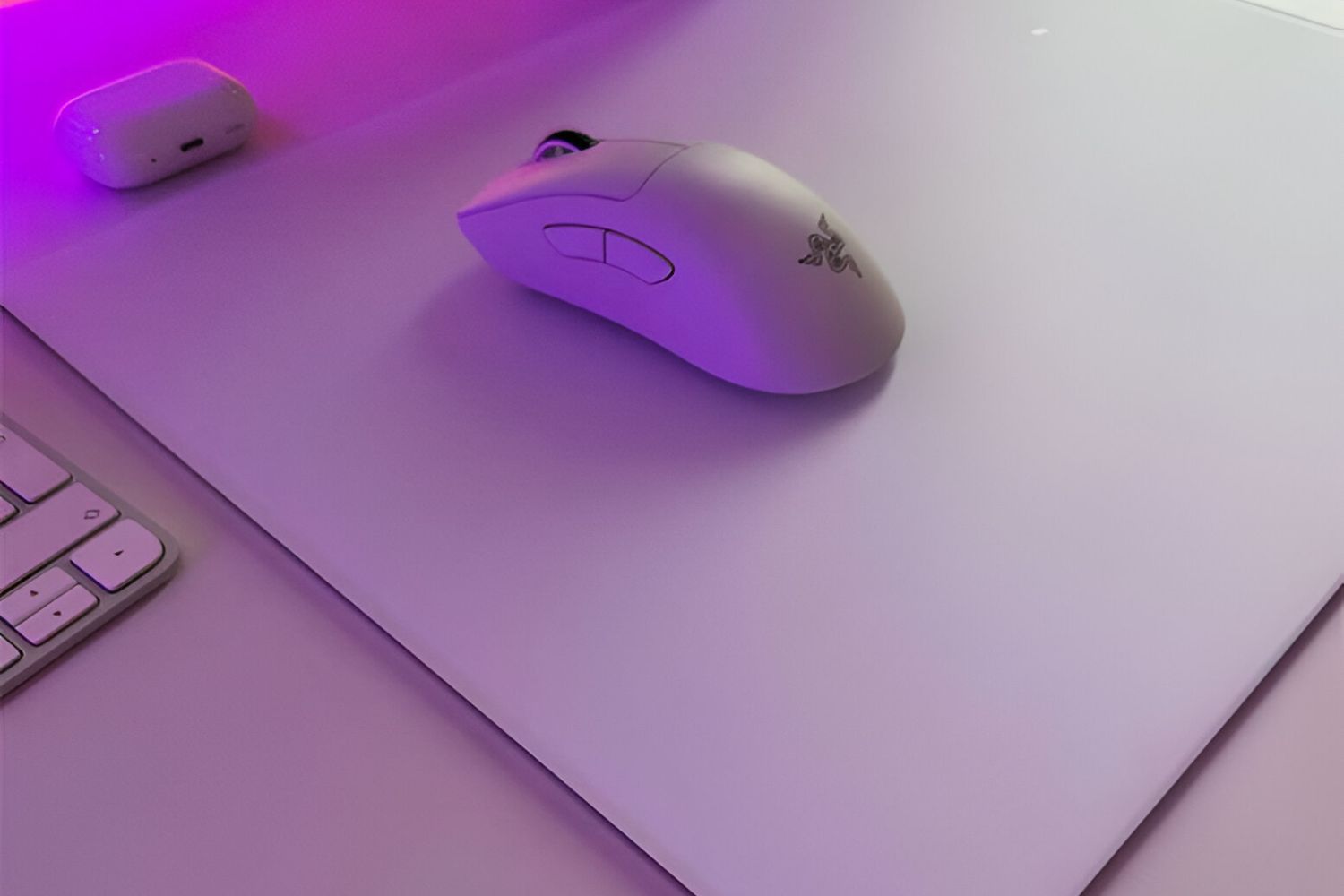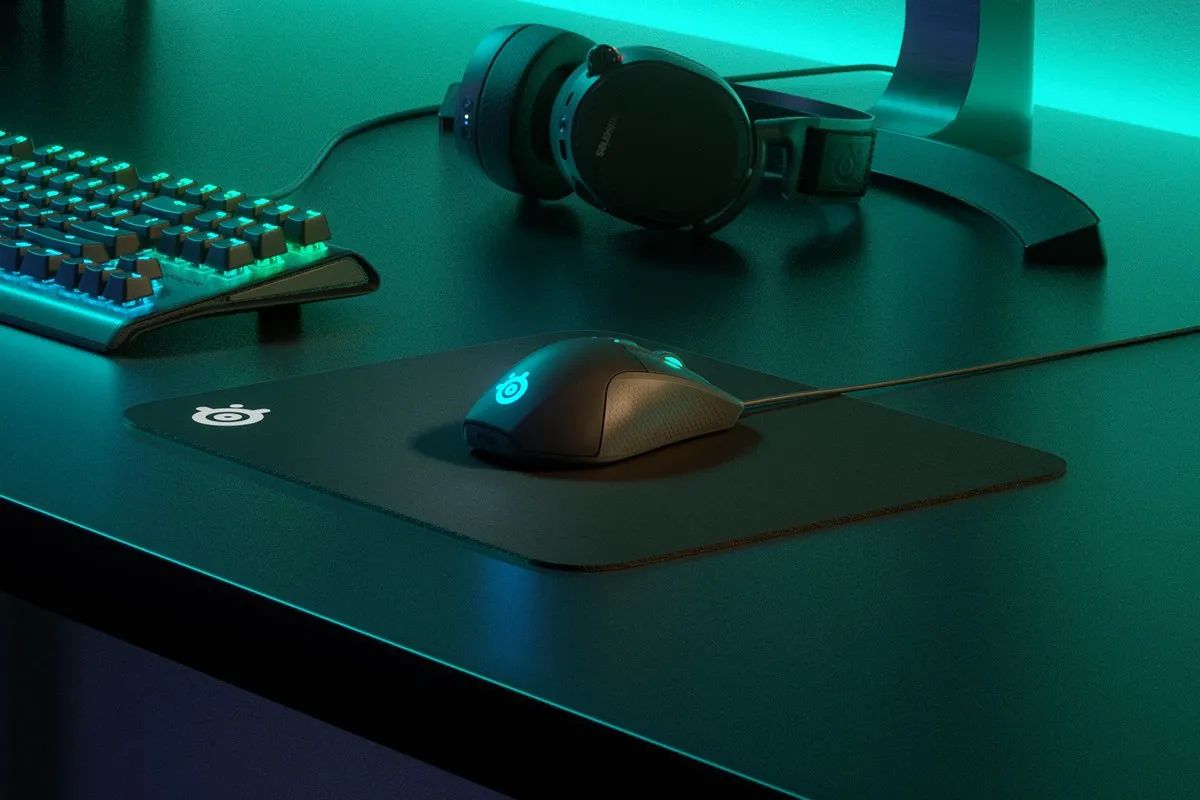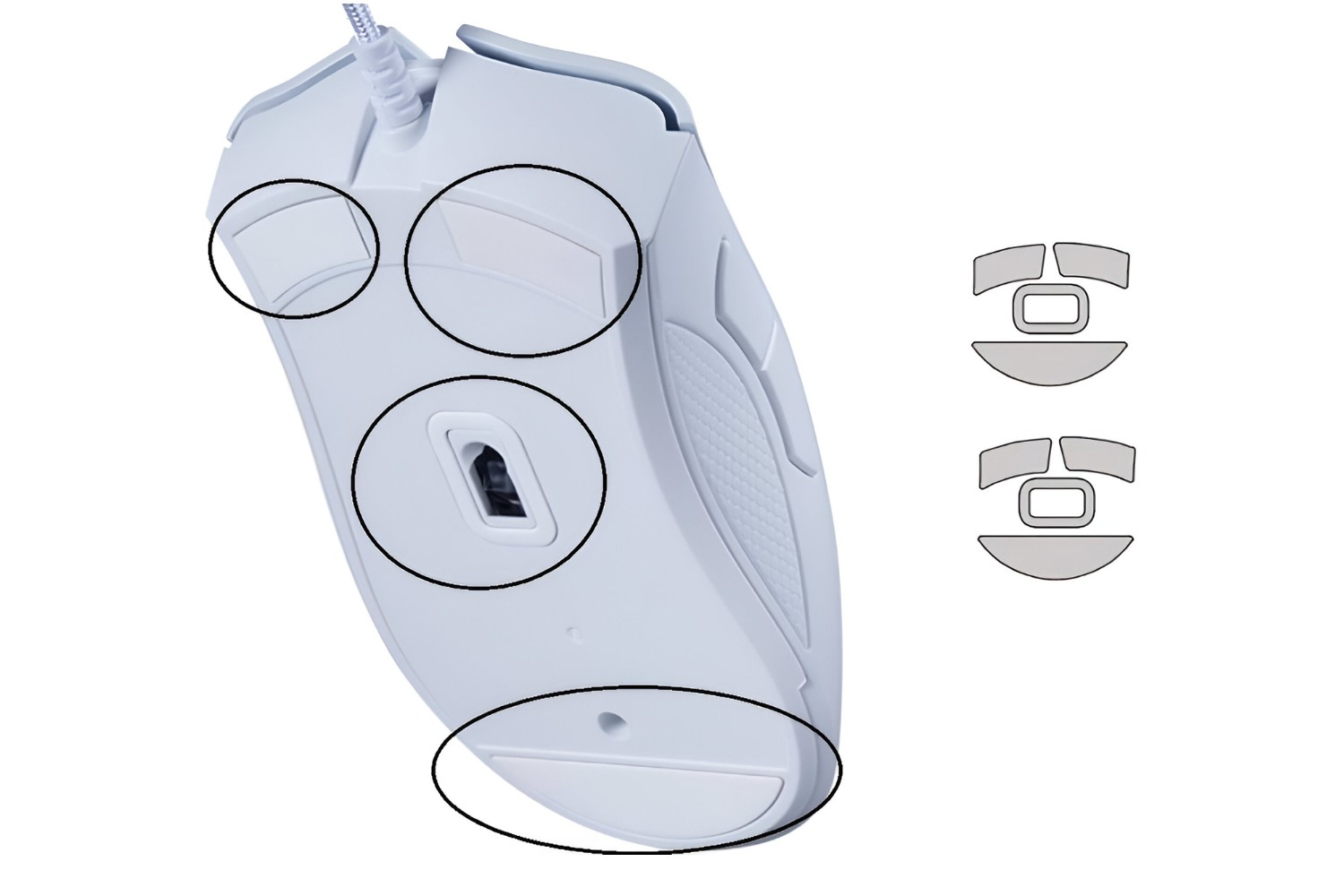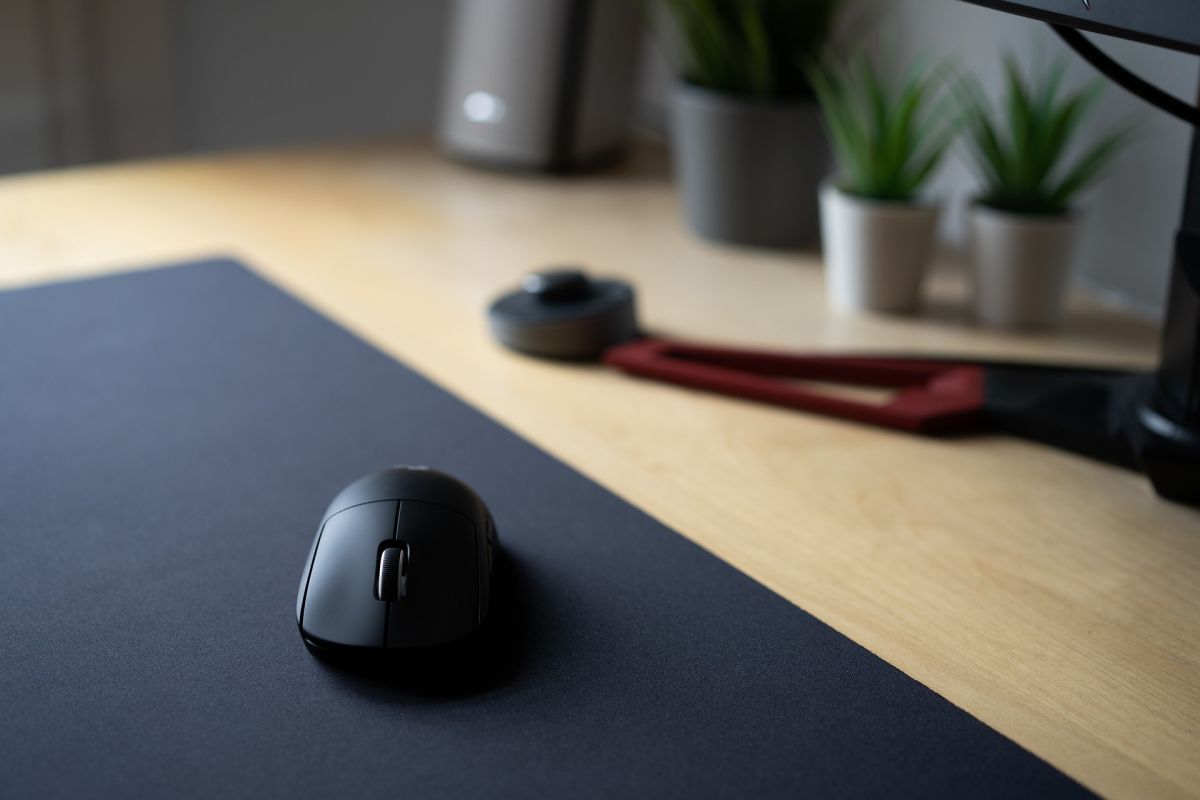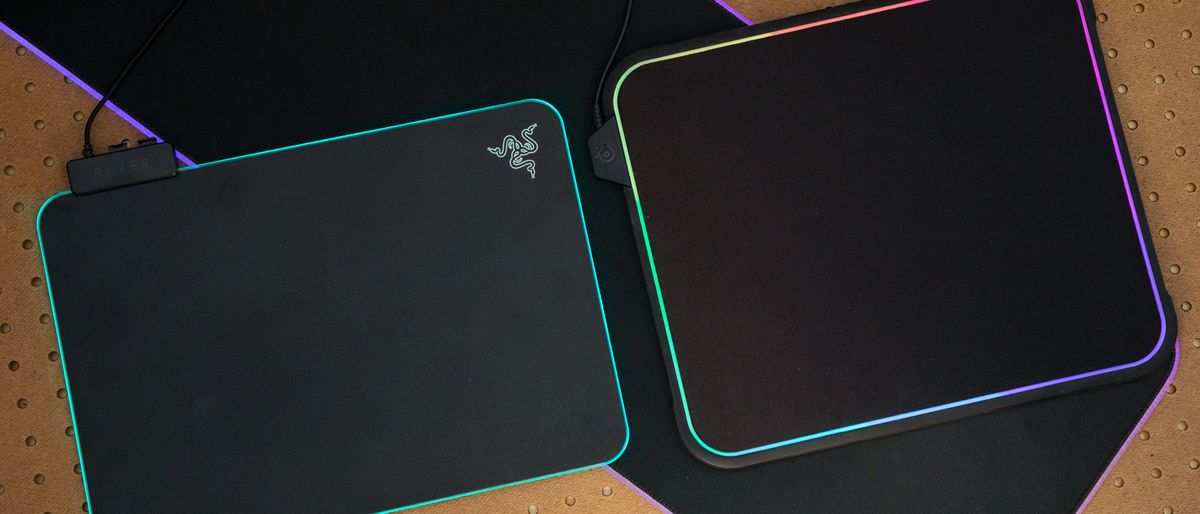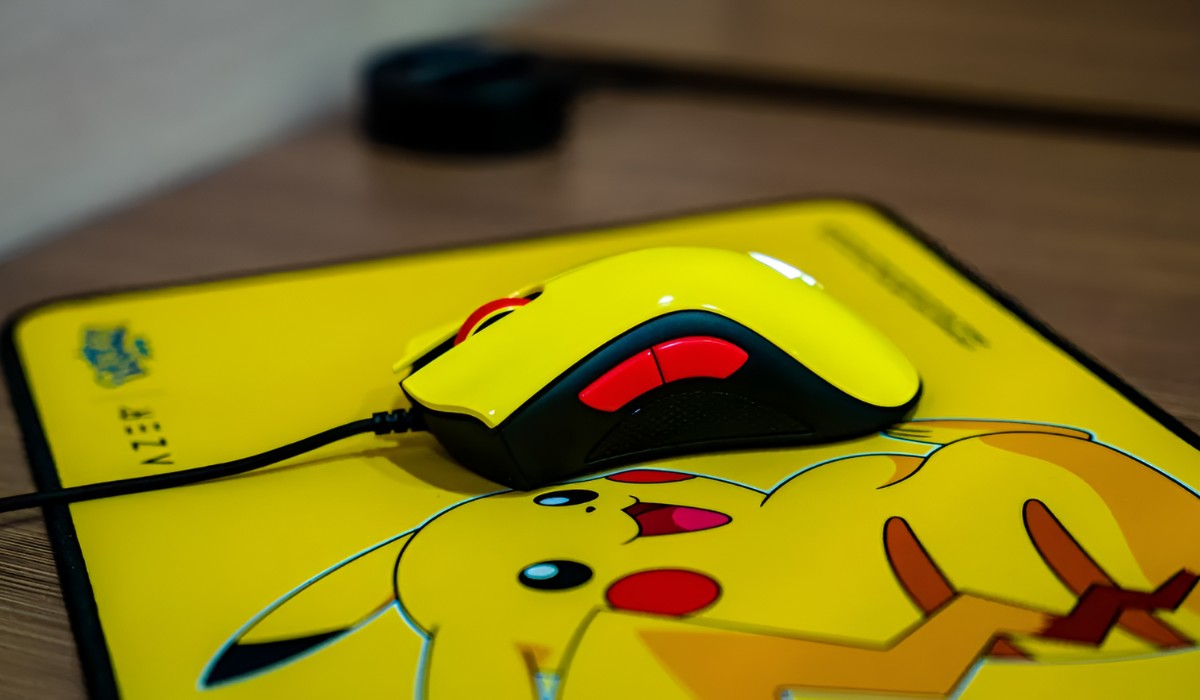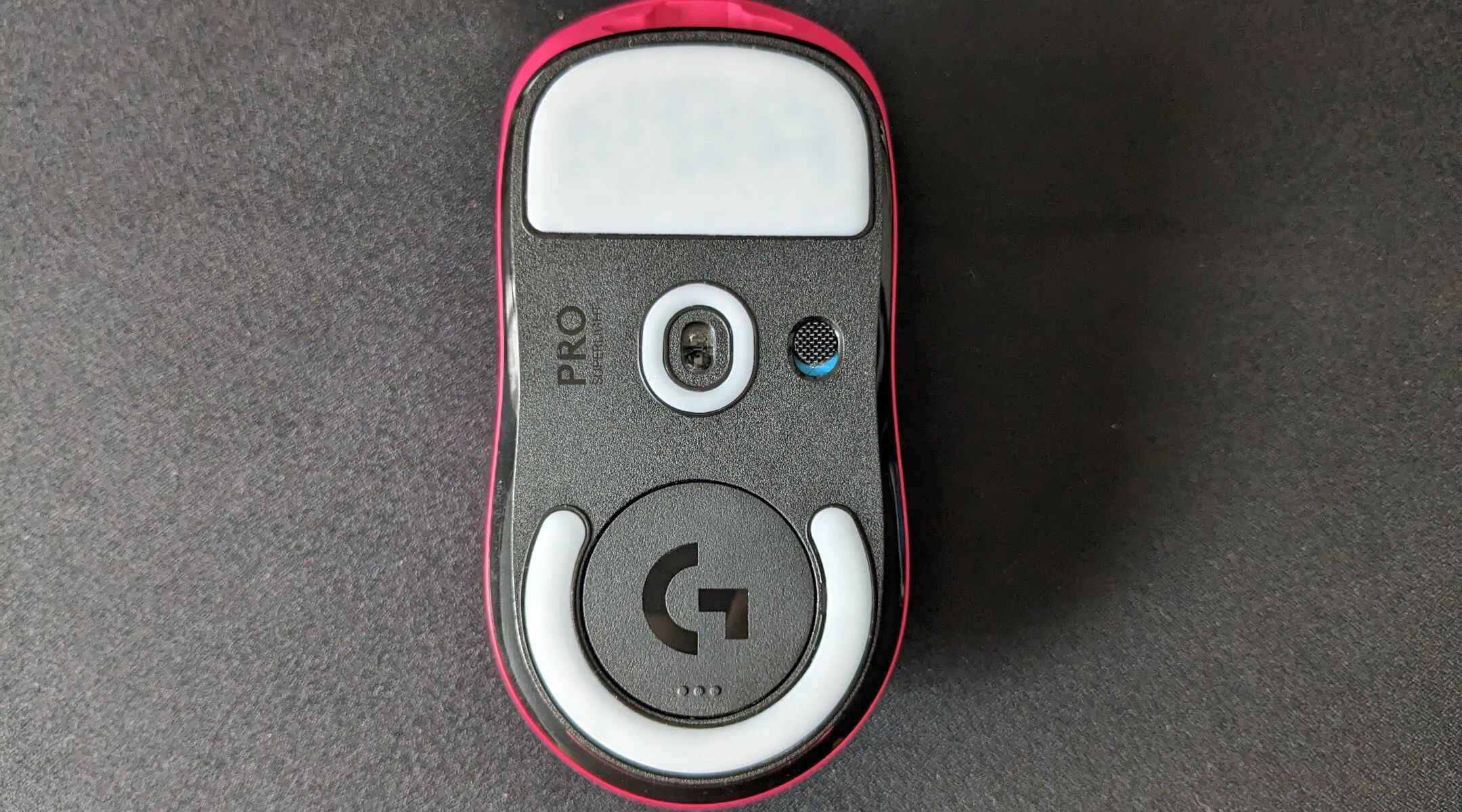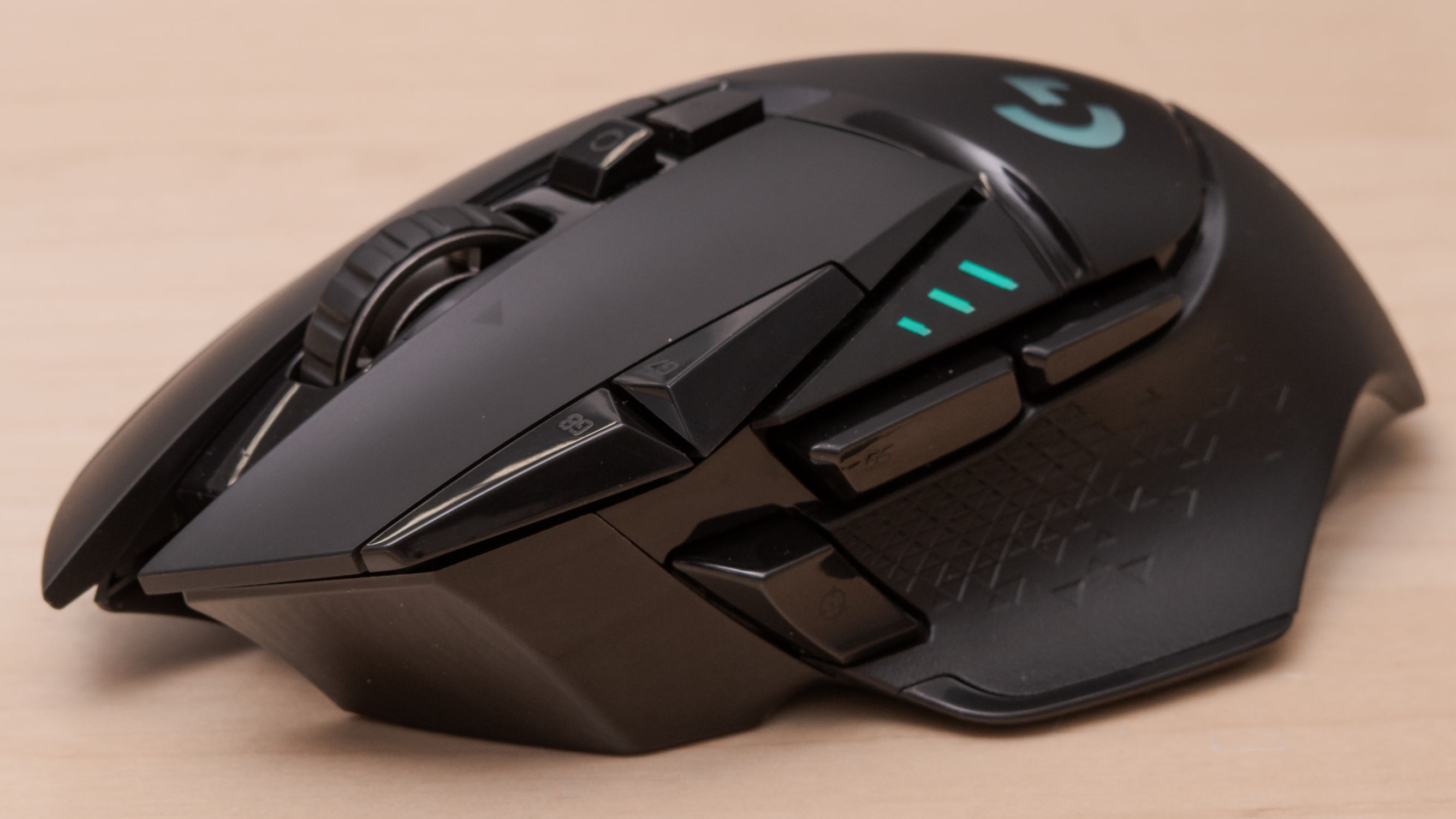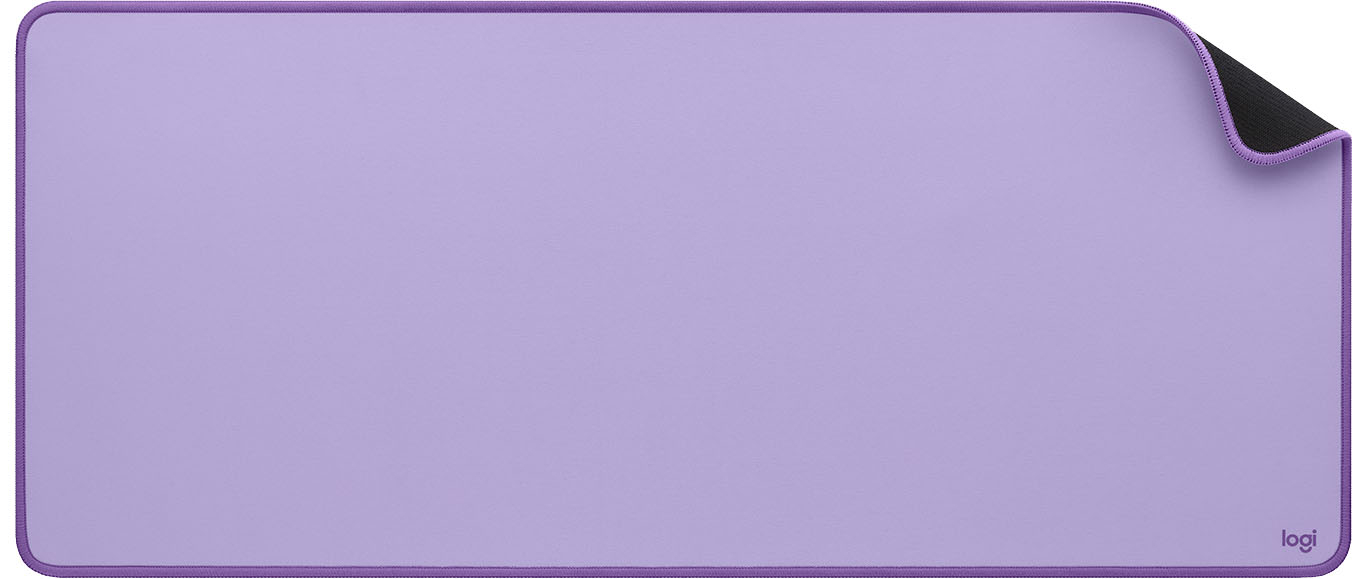Introduction
Mouse pads are essential accessories for smooth and precise cursor movements, but over time, they can become worn and less effective. A worn mouse pad can hinder productivity and cause frustration for users. Fortunately, there are several simple and cost-effective methods to restore a worn mouse pad to its former glory. By assessing the damage, cleaning the mouse pad, and implementing rejuvenation techniques, you can extend the lifespan of your mouse pad and enhance your computing experience.
In this article, we will explore various methods to smooth a worn mouse pad, providing step-by-step guidance to help you revitalize your trusty accessory. Whether your mouse pad is showing signs of wear and tear or has become less responsive, these techniques will help you restore its functionality and improve your overall user experience. By following these practical tips, you can save money on purchasing a new mouse pad and contribute to a more sustainable approach to computing accessories.
Let’s delve into the process of rejuvenating a worn mouse pad, starting with an assessment of the damage and the necessary steps to prepare for restoration.
Assessing the Damage
Before embarking on the journey to rejuvenate your worn mouse pad, it’s crucial to assess the extent of the damage. A thorough evaluation will provide insight into the specific areas that require attention and guide you in choosing the most suitable method for restoration.
Begin by examining the surface of the mouse pad for visible signs of wear and tear. Look for areas where the fabric has worn thin, rough patches have developed, or the texture has become uneven. Additionally, pay attention to any lingering stains or dirt that may have accumulated over time, as these can affect the mouse pad’s performance.
Take note of any frayed edges or peeling surfaces that could impede the smooth movement of your mouse. If the mouse pad has a noticeable decrease in traction or if it feels less responsive during use, these are also indicators of wear that should be considered during the assessment.
Furthermore, consider the overall condition of the mouse pad, including its flexibility and structural integrity. If the mouse pad has become excessively rigid or warped, it may require additional techniques to restore its original form and functionality.
By thoroughly assessing the damage, you will be better equipped to determine the most effective approach for rejuvenating your mouse pad. Whether it requires a deep cleaning, fabric softening, sanding, or the application of a new surface, a comprehensive evaluation will ensure that you address the specific issues that have contributed to the degradation of your mouse pad.
Cleaning the Mouse Pad
Cleaning your mouse pad is a fundamental step in the restoration process, as it removes dirt, grime, and oils that may have accumulated over time. This buildup not only affects the appearance of the mouse pad but can also impact its functionality and responsiveness. Before proceeding with any rejuvenation techniques, it’s essential to start with a clean surface.
To begin, gather mild dish soap, warm water, and a soft-bristled brush or sponge. Create a gentle cleaning solution by mixing the dish soap with water, ensuring that it is not overly concentrated to avoid leaving residue on the mouse pad. Submerge the mouse pad in the solution or apply it directly to the surface, depending on the pad’s size and the severity of the dirt.
Gently scrub the surface of the mouse pad with the brush or sponge, paying particular attention to areas with visible stains or discoloration. Avoid using harsh or abrasive cleaners, as these can damage the fabric and compromise the mouse pad’s texture. Once you’ve thoroughly cleaned the surface, rinse the mouse pad with clean water to remove any residual soap.
After rinsing, carefully squeeze out excess water from the mouse pad and blot it with a clean, dry towel to expedite the drying process. It’s important to allow the mouse pad to air dry completely before proceeding with any additional rejuvenation techniques. Placing it in a well-ventilated area or outdoors, if weather permits, can help accelerate the drying process.
By cleaning your mouse pad, you not only improve its appearance but also create a clean canvas for subsequent restoration methods. The removal of dirt and oils will contribute to a smoother and more responsive surface, setting the stage for the application of rejuvenation techniques to further enhance the mouse pad’s usability.
Using Fabric Softener
Fabric softener can be a remarkably effective solution for rejuvenating a worn mouse pad, particularly if the surface has become stiff or lacks the desired level of smoothness. This method is especially beneficial for cloth mouse pads, as it helps restore the fabric’s flexibility and texture, resulting in improved cursor movement and overall usability.
To begin, fill a basin or sink with lukewarm water and add a small amount of fabric softener, ensuring that it is well diluted. Submerge the mouse pad in the solution, allowing it to soak for approximately 15-20 minutes. This allows the fabric softener to penetrate the fibers of the mouse pad, softening the material and restoring its pliability.
After the soaking period, gently agitate the mouse pad in the solution to ensure even distribution of the fabric softener. Once the fabric softener has been thoroughly distributed, remove the mouse pad from the solution and rinse it with clean water to remove any excess fabric softener.
Next, carefully squeeze out the excess water from the mouse pad and blot it with a dry towel to expedite the drying process. It’s important to allow the mouse pad to air dry completely in a well-ventilated area, ensuring that it is laid flat to maintain its original shape and prevent warping.
Upon drying, you will notice a significant improvement in the flexibility and texture of the mouse pad’s surface. The fabric softener will have worked to restore the fabric’s softness, resulting in smoother cursor movements and enhanced comfort during use. This method can breathe new life into a worn mouse pad, prolonging its usability and potentially saving you the expense of purchasing a replacement.
Sanding the Surface
When a cloth mouse pad exhibits rough patches or uneven texture due to wear and tear, sanding the surface can be an effective method to restore its smoothness and responsiveness. This technique aims to gently refine the fabric’s texture, creating a consistent and uniform surface for optimal cursor movement.
To begin, obtain fine-grit sandpaper, preferably in the range of 200-400 grit, as coarser sandpaper may damage the fabric. Lay the mouse pad on a flat surface and lightly sand the affected areas using gentle, circular motions. It’s important to apply minimal pressure to avoid excessive abrasion, focusing on smoothing out rough patches and restoring uniformity to the fabric’s texture.
Periodically check the texture of the mouse pad during the sanding process to ensure that you are achieving the desired smoothness without compromising the integrity of the fabric. Be mindful of any frayed edges or loose threads, as these should be handled with care to prevent further damage to the mouse pad.
Once you have completed the sanding process, gently brush away any residual debris from the mouse pad’s surface. It’s essential to thoroughly remove any loose particles to prevent them from affecting the mouse pad’s functionality or causing irritation during use.
After sanding, the mouse pad’s surface should exhibit a more consistent and refined texture, promoting smoother cursor movements and a more enjoyable user experience. This method can effectively address localized wear and tear, revitalizing the fabric and extending the lifespan of your mouse pad.
By carefully sanding the surface of your worn mouse pad, you can breathe new life into this essential accessory, enhancing its functionality and ensuring continued satisfaction with your computing setup.
Applying a New Surface
When a mouse pad’s surface has deteriorated significantly, rendering it difficult to restore using traditional methods, applying a new surface can offer a practical solution. This approach involves affixing a new layer of fabric or material to the existing mouse pad, effectively revitalizing its usability and extending its lifespan.
To begin, gather a suitable replacement material for the mouse pad’s surface. This can include a piece of high-quality cloth or a specialized mouse pad surface material, ensuring that it is compatible with the mouse’s tracking technology and offers the desired level of smoothness and traction.
Carefully remove the existing surface of the mouse pad, taking care to preserve the underlying padding and structure. Depending on the mouse pad’s construction, this may involve peeling away the worn fabric or detaching the existing surface using appropriate tools. Once the old surface has been removed, ensure that the underlying padding is clean and free from any residual adhesive or debris.
Next, cut the replacement material to the appropriate size, allowing for a slight overhang to ensure complete coverage of the mouse pad’s surface. Apply a thin, even layer of adhesive to the clean, dry padding, ensuring that it is spread evenly to prevent lumps or uneven adhesion. Carefully position the replacement material over the mouse pad’s surface, smoothing out any wrinkles or air pockets to achieve a uniform and secure bond.
After applying the new surface, allow the adhesive to set and cure according to the manufacturer’s recommendations, ensuring that the mouse pad remains flat and undisturbed during this process. Once the adhesive has fully cured, trim any excess material from the edges of the mouse pad to create a clean and professional finish.
By applying a new surface to your worn mouse pad, you can effectively revitalize its functionality and extend its usability. This method provides a practical and cost-effective alternative to replacing the entire mouse pad, allowing you to enjoy a smooth and responsive surface for precise cursor movements.
Conclusion
Reviving a worn mouse pad is a rewarding endeavor that can breathe new life into an essential computing accessory. By assessing the damage, cleaning the mouse pad, and exploring rejuvenation techniques such as fabric softening, sanding the surface, and applying a new surface, you can extend the lifespan of your mouse pad and enhance your overall user experience.
Through a comprehensive assessment of the mouse pad’s condition, you can identify the specific areas that require attention and choose the most suitable method for restoration. Cleaning the mouse pad is a fundamental first step, removing dirt, grime, and oils to create a clean canvas for subsequent rejuvenation techniques.
Utilizing fabric softener can effectively restore the flexibility and texture of a worn mouse pad, resulting in improved cursor movement and overall usability. This method is particularly beneficial for cloth mouse pads, offering a cost-effective solution to revitalize their surface.
For mouse pads with rough patches or uneven texture, sanding the surface can provide a practical means of restoring smoothness and responsiveness. By carefully refining the fabric’s texture, you can promote smoother cursor movements and extend the usability of your mouse pad.
When traditional methods prove insufficient, applying a new surface to the mouse pad offers a practical solution to rejuvenate its functionality. This approach allows you to revitalize the mouse pad by affixing a new layer of fabric or material, ensuring continued satisfaction with your computing setup.
By incorporating these rejuvenation techniques into your maintenance routine, you can prolong the lifespan of your mouse pad, reduce the need for frequent replacements, and contribute to a more sustainable approach to computing accessories. Embracing these methods empowers you to restore the performance and comfort of your worn mouse pad, enhancing your overall computing experience.
With these practical tips at your disposal, you can embark on the journey to smooth a worn mouse pad, ensuring that your essential computing accessory remains reliable, responsive, and conducive to seamless productivity.







